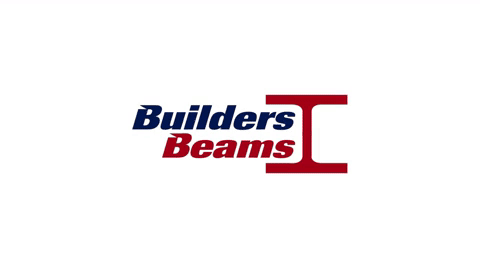Steel is an incredible material widely used in various industries worldwide, such as construction, automotive, infrastructure, and manufacturing. Despite its widespread use, there are several myths and misconceptions about the steel industry that need to be clarified. In this blog post, we will explore some common myths about steel and provide insights from experts to separate fact from fiction.
Myth 1
Steel is harmful to the environment
One popular myth about steel is that it harms the environment during its production. However, this is not entirely true. While steel production can have an environmental impact, the steel industry has made significant progress in reducing its carbon footprint.
In recent years, steelmaking techniques have become more energy-efficient and environmentally friendly. The industry has embraced recycling practices, such as using scrap steel as a raw material. This reduces the need for mining iron ore and helps lower greenhouse gas emissions. Furthermore, advancements in technology and the adoption of sustainable practices have greatly improved energy efficiency and waste management within the industry.
Myth 2
Steel is outdated
Some people believe that steel is outdated because alternative materials like aluminium, composites, and plastics have gained popularity. However, steel continues to be widely used for good reasons. It possesses exceptional strength, durability, and cost-effectiveness, making it indispensable for a wide range of applications.
The versatility of steel allows it to meet various design requirements, making it ideal for large-scale structures and heavy-duty applications. Ongoing research and development efforts in the steel industry are focused on enhancing its properties, such as corrosion resistance and lightweight. This ensures that steel remains relevant and adaptable to the evolving needs of modern industries.
Myth 3
Steel always rusts easily
Many people believe that all steel products are prone to rust, which is a form of corrosion. However, this is not entirely accurate. While steel can corrode, there are effective ways to prevent it.
Protective coatings, such as paints and metallic coatings, create a barrier between the steel surface and the environment, preventing corrosion. Another method is galvanization, which involves coating steel with a layer of zinc, providing excellent corrosion resistance. Additionally, alloying steel with elements like chromium and nickel can significantly enhance its corrosion resistance, as seen in stainless steel.
It is important to note that proper maintenance and regular inspections are crucial to ensuring the long-term performance of steel structures and products.
Myth 4
Steel production is inefficient and energy-intensive
Another myth surrounding the steel industry is that it is inefficient and consumes a lot of energy. While steel production does require significant energy inputs, advancements in technology have greatly improved its energy efficiency.
Many steel manufacturers have implemented innovative techniques to reduce energy consumption. For instance, energy recovery systems and optimized furnace designs help minimize energy waste. Additionally, the recycling of steel plays a significant role in reducing energy requirements for primary steel production, as recycled steel undergoes less processing and refining.
Industry experts emphasize the importance of adopting a holistic approach, including the use of renewable energy sources, to further enhance the energy efficiency of the steel industry and reduce its environmental impact.
Conclusion
Debunking common myths about the steel industry is crucial for a better understanding of this remarkable material. Steel continues to be a fundamental component in various industries globally, thanks to its strength, durability, and versatility. The steel industry has significantly reduced its environmental impact through improved production processes and recycling initiatives.
We can appreciate the ongoing efforts to enhance sustainability, energy efficiency, and corrosion resistance by grasping the realities and advancements within the steel industry. Steel’s evolution ensures its continued relevance and importance in meeting the diverse needs of modern industries.
Categories
Archives
- April 2024 (5)
- March 2024 (2)
- February 2024 (1)
- January 2024 (3)
- December 2023 (2)
- November 2023 (1)
- September 2023 (4)
- August 2023 (3)
- July 2023 (1)
- June 2023 (7)
- May 2023 (2)
- April 2023 (14)
- March 2023 (15)
- February 2023 (7)
- January 2023 (6)
- December 2022 (5)
- November 2022 (1)
- October 2022 (4)
- September 2022 (3)
- August 2022 (1)
- July 2022 (2)
- June 2022 (2)
- April 2022 (4)
- March 2022 (1)
- February 2022 (1)
- December 2021 (3)
- March 2021 (2)
- October 2020 (1)
- September 2020 (1)
- July 2020 (1)
- June 2020 (1)
- May 2020 (2)
- April 2020 (2)
- March 2020 (3)
- February 2020 (2)
- January 2020 (1)
- December 2019 (2)
- November 2019 (1)
- October 2019 (1)
- September 2019 (3)
- August 2019 (1)
- July 2019 (4)
- June 2019 (4)
- May 2019 (1)
- April 2019 (4)
- March 2019 (2)
- February 2019 (4)
- January 2019 (4)
- December 2018 (4)
- November 2018 (4)
- October 2018 (5)
- September 2018 (6)



